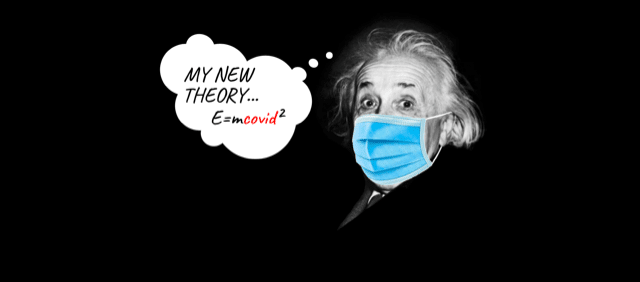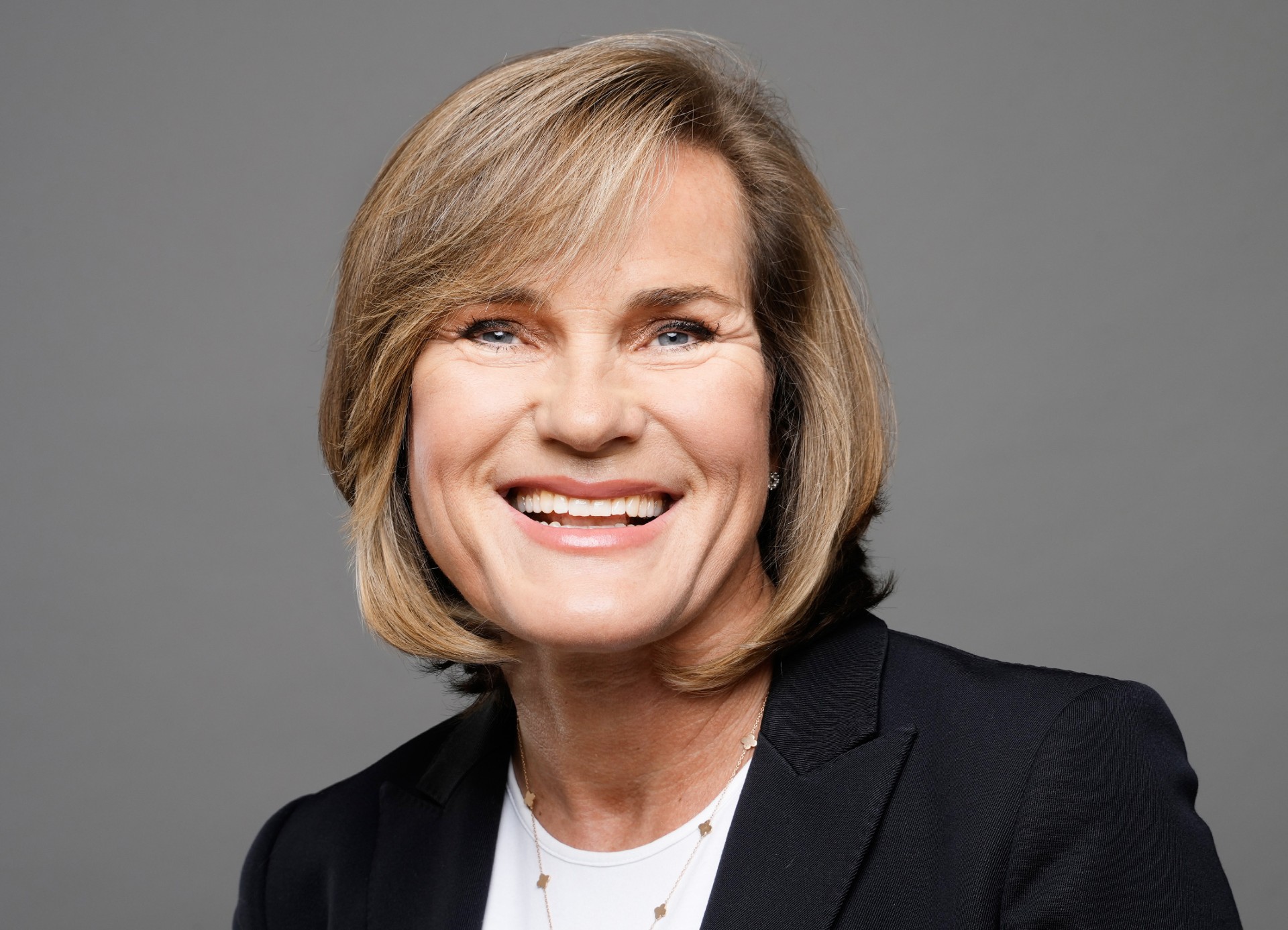instant messages #11 by Marcus W. Mosen
Marcus W. Mosen comments payment or banking topics on various portals and delights his followers on twitter (@mwmose) with pointed contributions to Payment, Fintech or politics. From now on you will find his monthly guest column „instant messages by…“ on current events in Payment, Banking & Co.
The year-end countdown is on…we have already arrived in the last month of this 2020, which is remarkable in every respect. Many things have been put into extreme perspective this year – many things that we thought were normal, desirable, right, objective or inevitable have changed, reversed or even disappeared into thin air. The perspective has changed on almost everything. This pandemic lies over our time like mealy dew. And it remains to be seen what will return to the „old familiar“ after this period of „new normal“.
Also in our Payment & Banking Bubble we have taken many changes of perspective this year and thus „forcibly“ experienced anew one of Einstein’s theories of relativity, according to which time does not always pass at the same rate. Compared to previous years, we have hardly moved over great distances: no intercontinental business trips, no holidays to exotic places – the credo is still: stay safe – stay at home!
The new working day starts after brushing our teeth with the first video calls in our home office and usually ends when the countless Covid experts at Illner, Maischberger, Lanz and Co. instruct us about all the possible social and economic effects of the pandemic. For lack of variety, after 11 months of Corona home office, we get the impression that time is creeping along like in an infinite hourglass. This reminds us of the ingenious film classic „And daily the marmot greets“!

On the other hand, many things have developed more quickly during this period of slowness – in digitization and thus also in payment & banking. Although the clock ticks slower by feel, we have seen rapid progress in ideas, expectations or even the implementation of digitization in our industry, but we have also discovered digital slowness.
Focused on the pandemic daily grind, the more clearly we notice the inadequacies of inefficient analog processes, poor implementation of user experience, media disruptions or missing digital service concepts much more than in the fast-moving times before Covid. Less nerve-racking bloggers then make their voices heard via Twitter, naming the respective Twitter account of the company that once again fails to meet its service level. Twitter as an outlet for stress reduction in the home office and for escalation when the Internet or streaming service is not working again …
Changed user experience
Payment by card or online banking has long been part of everyday life, but by 2020 it has taken a leap forward in terms of functionality and form factor. The smartphone has moved into the focus of many discussions, as it is increasingly becoming the digital hub for handling many everyday needs. We buy, stream, invest, donate, collect (points) mobile – and we pay for everything mobile with a wallet, with a swipe, a beam, with Apple Pay or Google Pay. Also the payment at the POS takes place more and more often without a real card, but we authorize a payment transaction by FaceID or PIN. For the generation „App“ it has long been the „usual normal“ payment or banking to be left exclusively to the smartphone. This year, even the previous years of the „Golf Generation“ have finally or regularly turned to smartphones instead of using ATMs or the „ec-card“. Plastics, bank branches and ATMs are increasingly out. The new motto is „digital only“. The screen times of our smartphones document this trend.
This is not surprising, as all generations have spent much more time with their smartphones in recent months than ever before. This is accompanied by much higher expectations of digital processes and user experience. Media disruptions and analog service concepts are now disturbing. Our requirements and needs have changed fundamentally.
My Experience
I recently received my new Miles & More card by post. Lufthansa wanted to please me and extend my senator status for an additional year, as I could hardly collect any miles this year. With the enclosed letter, however, I was supposed to use the card on a rather boring Miles & More website activate. In the past, I would hardly have thought about the website design and the UX. The card as an entrance medium for the stay in an LH-lounge was the center of interest. It occurred to me whether the idea of accumulating miles in order to exchange them for further flights is still as effective in the „New normal“ as it is from the point of view of climate change. Somehow the map suddenly seemed boring to me and the UX of activation as rather old-school. I decided to activate my mileage account via Donation to „zero.“

So that we – who are still doing pretty well even in this time of virus-induced focus of our life in the home office – don’t forget the world out there out of self-pity, my „favourite bank“ has done this with an action under the hashtag #zeroed and implemented with a user-friendly UX in their app: „Donate“ as a fixed feature in digital banking! Who can still say no to digital „donations“? Because the „collection bag“, which was normally handed around in the crowded church services at Christmas, is left in the sacristy due to a virus and „Adveniat“ is forgotten. And now we know that a part of the much scolded Scheme-Fees of Mastercard in cashless payment by card is given to a good cause.
2020 – what can you say? Probably we will all be glad when this year with its unique combination of numbers, which will not be available again until 3030, is over in a few days. In 2021 we have the chance to do a lot of things differently and hopefully better. Let’s wait and see how sustainable the change in perspective from this year of experience in 2020 really will have been. Until then, #StaySafe, #StayAtHome(office)!
Previously published in the series „instant messages“:
- instant messages #1 – 2020 – a key year for the European payment traffic?
- instant messages #2 – Socialist Phantasialand Berlin
- instant messages #3 – Dirty Money in times of Corona
- instant messages #4 – Corona Cash Killer?
- Instant messages #5 – Schumpeter’s legacy – COVID19 as creative destruction?
- instant messages #6 – Acts of strength in politics! Acts of strength in payment?
- instant messages #7 – Wirecard and the German payment world – a cauldron of colorful
- instant messages #8 – Summer slump in German payment traffic – yes where is it?
- instant messages #9 – Fast, faster – Instant?
- instant messages #10 – Corona – the key event of the payment industry






